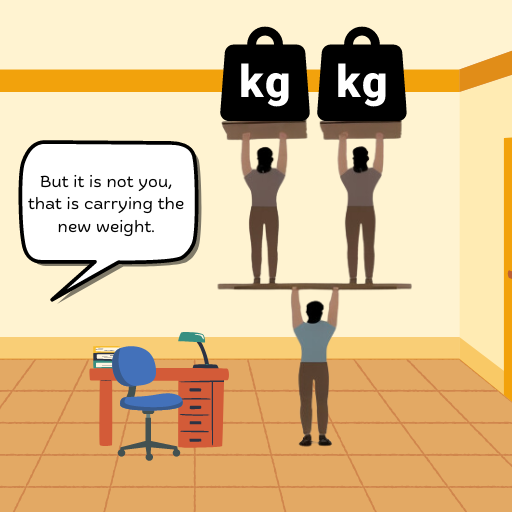Sometimes, you have a problem in an Agile team. There is too much work. You, as a team, do whatever you can do, but the business says it is not enough. Within the current team, there is not the possibility to grow. And they want more in, let’s say, three months.
As a team, you have to make a remark to your managers: “This is not possible.” So you do it because you have to. Not because you want to. Because when managers become involved, they often go into the area of the magic wands.
What is a magic wand? A magic wand is every solution where the benefits seem high and the costs seem low. But where, in reality, the benefits are overestimated and/or the costs underestimated. One of the most used ones is adding extra people, either to a new team or to the existing team.
Hiring a new person takes a lot of time. And most of the time, that time is coming from the people that were already saying: “We have too much work.” The people whose amount of work the company wants to make less. Instead, besides the work they already have, they need to read CVs, be present in interviews, train new people, and check their work. And most of that time, the workload of the people doing it will not become less. Most of the time, hiring new people will make their work more. Yes, even when it is for another team. Even if it is outside of the company. Only when all of this is done, the workload will become less.
Does that mean a company should never hire new people? Of course, it does not mean that. But be realistic about costs and benefits. When you want to hire a new person, even if you find that person tomorrow, it will take at least a few weeks before the benefits are higher than the costs. Most of the time finding the person and training him will take far longer. If a company wants to solve a problem long-term, this is good enough. If it wants to solve a problem in for example three months, this is most likely not going to help. It will probably make the problem worse.
And also the costs. Hiring a new person costs time. I already mentioned that. But there is another problem with this process. You can only do it if you give it priority one. So, the priority should be higher than the project that you want to finish the most. You have to accept that that project will be finished later. Why not a lower priority? You cannot say to the person having a job interview: “Sorry, our project took more time, so we have to cancel the interview.”
There are more magic wands out there. Introducing new tools or new methods is another example. And you can probably think of more. For all of them, the situation can improve. But it has to be accepted that the productivity will go down for at least some months before it will go up. If that is acceptable, let’s start looking at that solution. If that is not, let’s stay away from magic wands.

